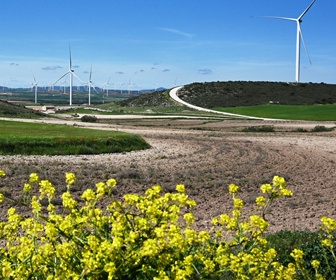The Gulf of Mexico Offshore Wind Transmission Planning study examines opportunities and challenges for transmitting offshore wind energy in the Gulf of Mexico to customers on land.
The Gulf of Mexico represents 37% of the United States' total offshore wind energy potential and could provide a reliable, clean source of energy to customers in Florida, Alabama, Mississippi, Louisiana, and Texas. Effective and efficient connection of offshore wind energy resources to end users in the Gulf of Mexico requires coordinated transmission planning to ensure that electric transmission facilities can adequately support future offshore development. Through NREL’s Gulf of Mexico Wind Transmission Planning project, funded by the United States Department of Energy’s (DOE’s) Wind Energy Technologies Office and Grid Deployment Office, NREL researchers examined the current literature to gather information and identify gaps.
The team identified several key factors that could influence transmission planning, including:
- Multiple, conflicting uses for specific ocean sites
- Ability to repurpose existing energy infrastructure
- The evolving energy landscape of the Gulf
In the report, the authors state that prior to this effort, researchers had not studied offshore wind energy transmission in the Gulf of Mexico. This research is needed to inform regional transmission planning and adequately meet regional and future energy needs. The oil and gas industry already has infrastructure and workers positioned in the Gulf of Mexico; new offshore wind energy projects could be supported through shared transmission systems and workforce. Future transmission planning must consider the Gulf of Mexico’s highly productive ecosystem, diverse coastal communities, considerable existing infrastructure, and heavy industrial foundation. Transmission solutions should be tailored to regional environmental concerns to minimise impacts to wildlife, habitat, and coastal resources. Transmission projects should include local communities in their planning efforts.
Overall, the researchers found that transmission projects will require collaborative, coordinated planning across multiple diverse groups, including federal, Tribal, state, and local entities, to ensure new projects help meet evolving decarbonisation and clean energy goals.








